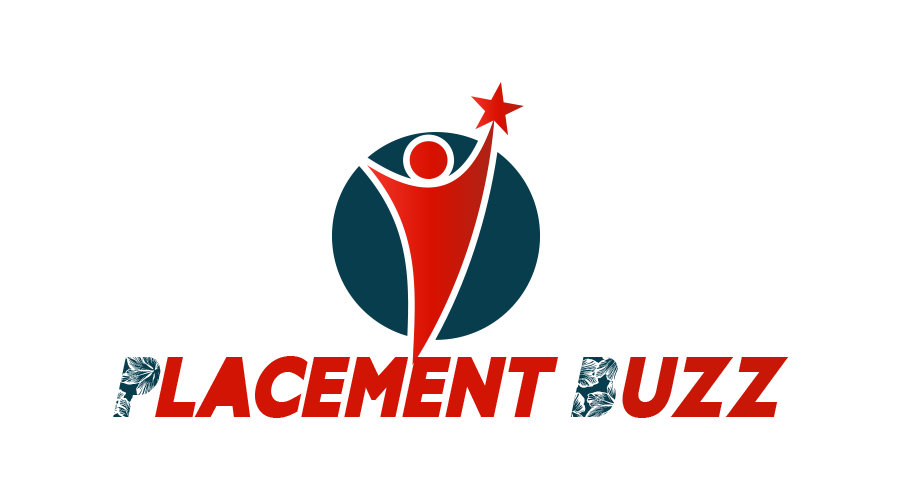In the ever-evolving landscape of business, the mantra “innovate or stagnate” has become a guiding principle for success. In a world where change is constant, businesses that embrace creativity as a driving force find themselves not just surviving but thriving. This article explores the critical role of creativity in business and how it serves as the catalyst for innovation and growth.
The Imperative of Innovation
In a hyper-competitive market, standing still is akin to moving backward. Innovation is the heartbeat of successful businesses. It’s the force that propels companies forward, allowing them to stay relevant and meet the ever-changing needs of consumers. Creativity, as the precursor to innovation, becomes the linchpin for businesses seeking to navigate the challenges of the modern business landscape.
Creativity Unleashed: Breaking Conventional Chains
Creativity in business involves thinking beyond the conventional, challenging the status quo, and exploring uncharted territories. It’s about daring to question established norms and envisioning possibilities that others might overlook. By unleashing creativity, businesses break free from the chains of routine and open themselves up to new perspectives, fresh ideas, and innovative solutions.
Adaptability in a Dynamic World
The business environment is dynamic, with technological advancements, market shifts, and changing consumer behaviors occurring at an unprecedented pace. Creativity equips businesses with the ability to adapt swiftly to these changes. Companies that foster a creative culture can pivot when necessary, turning challenges into opportunities and remaining agile in the face of uncertainty.
Customer-Centric Innovation
Understanding and meeting customer needs are at the heart of successful business endeavors. Creativity allows businesses to empathize with their customers, anticipating their desires and pain points. By embracing a customer-centric approach to innovation, companies can develop products and services that resonate deeply with their target audience, fostering loyalty and long-term success.
A Culture of Innovation: Nurturing Creativity Within Teams
Building a culture of innovation starts with nurturing creativity within teams. Encouraging a diverse and inclusive workplace fosters a melting pot of ideas. Employees who feel empowered to express their creativity are more likely to contribute innovative solutions. By providing a supportive environment that values experimentation and learning from failure, businesses can tap into the collective creative potential of their workforce.
Risk-Taking and Learning from Failure
Creativity in business often involves taking calculated risks. Not every idea will yield success, but failure is an inherent part of the innovation process. Businesses that understand and embrace this reality create a culture where risk-taking is encouraged. Learning from failure becomes a valuable tool for refinement, ensuring that subsequent endeavors are more informed and successful.
Competitive Advantage through Creativity
In a crowded marketplace, a creative approach becomes a source of competitive advantage. Businesses that differentiate themselves through innovative products, services, or processes stand out. Creativity allows companies to carve a unique identity, attracting customers who seek originality and pushing the boundaries of what is possible within their industry.
Investing in Creativity for Long-Term Success
Recognizing the pivotal role of creativity, businesses are increasingly investing in programs and initiatives that stimulate innovation. From dedicated research and development departments to collaborative brainstorming sessions, fostering creativity requires a commitment to providing the resources and support necessary for the cultivation of innovative ideas.
Conclusion: Embracing the Creative Imperative
In the dynamic landscape of business, the choice is clear: innovate or stagnate. Creativity is the linchpin that unlocks the door to innovation, driving businesses forward and ensuring long-term success. By fostering a culture that values and nurtures creativity, companies not only adapt to change but also become the architects of their own evolution, continuously pushing the boundaries of what is possible and redefining the future of business.


